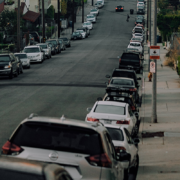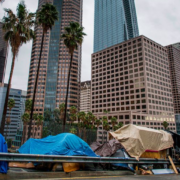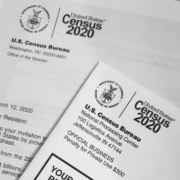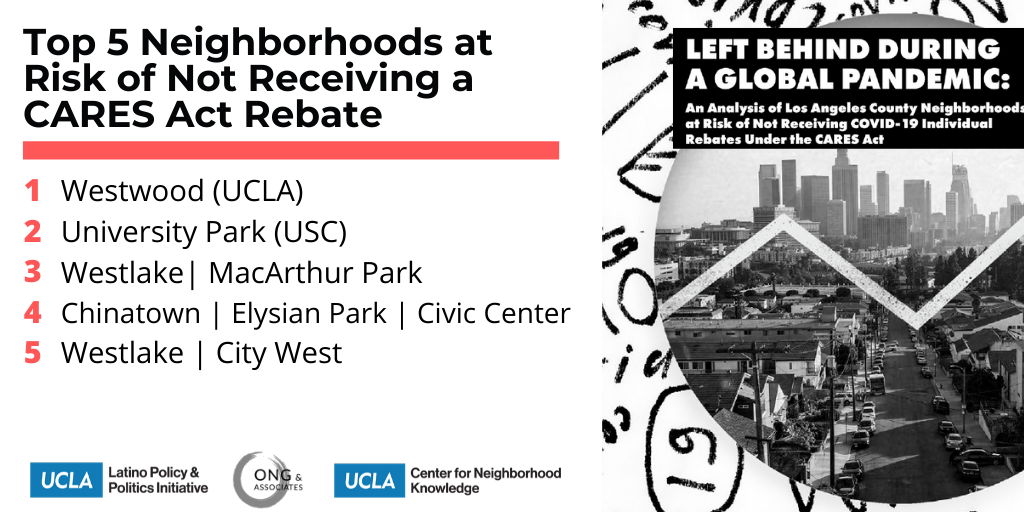Keeping the Lights and Heat On: COVID-19 Utility Debt
In collaboration with the UCLA Luskin Center for Innovation, this new CNK brief analzyes household utility debt burden as another measure of the economic pressure facing low-income neighborhoods, with an emphasis on the impacts on racial equity. Utility debt burden in this brief is defined as the share of households in arrears (i.e., with past-due utility bills) within a zip code. Our findings highlight the reproduction of racial and economic inequality during the pandemic.
We use data from Pacific Gas and Electric Company (PG&E), an investor-owned utility that provides electricity and gas service to much of the population in Northern and Central California, about 40% of the state’s residents, to examine the prevalence and degree of residential past-due accounts and debt. Utility debt levels serve as a useful proxy to track households that are facing difficulties paying their rent or mortgage, because these two types of debt are likely to be highly correlated during economic crises.
Overall, our focus on neighborhoods enables elected officials to understand how utility debt relief distribution impacts their constituents; encourages advocacy for an equitable distribution of utility debt relief that is on its way from the federal stimulus and state budget surplus aid; and informs thoughtful long-term solutions as we move into a phase of recovery.
The report is accessible at: Keeping the Lights and Heat On: COVID-19 Utility Debt









 Cover art by Eden McNutt
Cover art by Eden McNutt 

Leave a Reply
Want to join the discussion?Feel free to contribute!